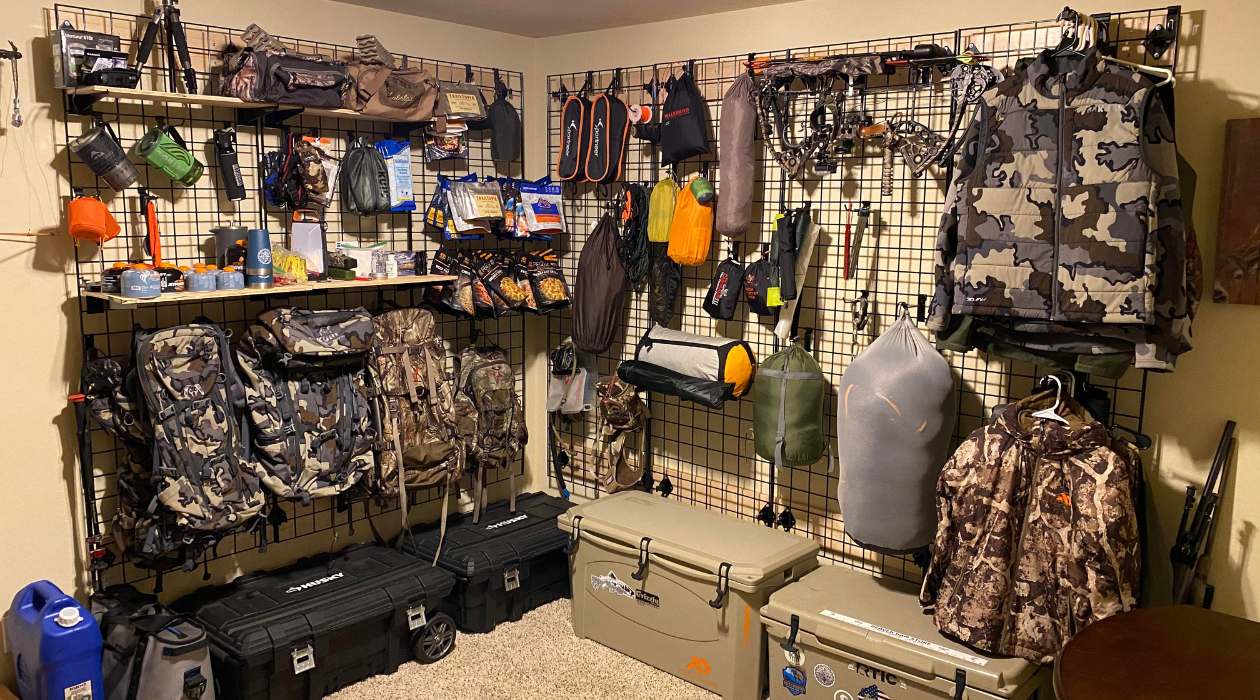

Articles
How To Store Hunting Gear
Modified: January 19, 2024
Learn the best techniques and tips for storing your hunting gear in this informative collection of articles. Keep your gear protected and ready for the next hunting season.
(Many of the links in this article redirect to a specific reviewed product. Your purchase of these products through affiliate links helps to generate commission for Storables.com, at no extra cost. Learn more)
Introduction
Welcome to our guide on how to store hunting gear effectively. As hunting enthusiasts, we understand the value of properly storing and maintaining our gear. Whether you’re an avid hunter or a casual sportsman, taking the time to store your hunting equipment correctly can prolong its lifespan and ensure it’s ready for your next hunting season.
Proper storage of hunting gear involves more than just tossing it in a corner of your garage or basement. Factors such as temperature, humidity, pests, and general wear and tear can all impact the condition of your equipment over time. In this article, we will provide you with valuable tips and recommendations on how to store hunting gear to keep it in top shape.
From firearms and ammunition to clothing, boots, optics, and tree stands, each piece of hunting gear requires specific care and attention. We will guide you through the process step by step, helping you choose the right storage space, clean and prepare your gear, and protect it from moisture and pests.
Whether you are storing your gear during the offseason or between hunting trips, our goal is to provide you with practical advice that will keep your valuable equipment in optimal condition and extend its lifespan. Let’s dive in and explore the best practices for storing hunting gear.
Key Takeaways:
- Properly storing hunting gear is crucial for preserving its quality and longevity. Choosing the right storage space, cleaning and preparing gear, and protecting it from moisture and pests are essential steps for maintaining gear integrity.
- Long-term storage requires extra attention, including proper documentation, regular maintenance, and considering climate-controlled storage if feasible. By following these additional tips, you can confidently store your hunting gear for extended periods without compromising its quality.
Read more: How To Store Hunting Clothes
Choosing the Right Storage Space
When it comes to storing hunting gear, one of the crucial factors to consider is finding the right storage space. The ideal space should provide protection from the elements, maintain a consistent temperature and humidity level, and ensure your gear remains secure.
If you have a dedicated hunting room or area in your home, that can be an excellent option for storage. Make sure the room is well-ventilated to prevent the build-up of moisture. Consider installing shelves or storage cabinets to keep your gear organized and easily accessible.
If you don’t have a designated space, you can consider using a garage, basement, or shed. However, it’s important to take extra precautions in these areas as they tend to be more prone to fluctuating temperatures and humidity levels.
Here are some tips for choosing the right storage space for your hunting gear:
- Temperature and Humidity: Aim for a storage space that maintains a relatively stable temperature and humidity level. Extreme temperature fluctuations and high humidity can damage your gear. Ideal temperature ranges are typically between 50-70 degrees Fahrenheit, with humidity levels below 50%. Investing in a hygrometer to monitor humidity levels can be beneficial.
- Protection from Sunlight: Exposure to direct sunlight can cause fading and deterioration of your gear over time. Choose a storage space that is shielded from sunlight or ensure that your gear is covered or stored in boxes or bags to prevent direct exposure.
- Security: Keep your gear safe from theft by choosing a secure storage location. Lockable cabinets, storage lockers, or ensuring that your storage space is equipped with sturdy locks can provide peace of mind.
- Space Organization: Whether you have a dedicated room or a small corner in your garage, make sure you organize the space efficiently. Utilize shelves, hooks, and storage bins to keep your gear off the ground and neatly organized. This will not only maximize space but also make it easier to locate and retrieve specific items.
By selecting the right storage space and implementing these tips, you can protect your hunting gear from damage, prolong its lifespan, and ensure it’s readily accessible whenever you’re ready for your next adventure.
Cleaning and Preparing Gear Before Storage
Before storing your hunting gear, it’s essential to thoroughly clean and prepare each item. Proper cleaning not only helps remove dirt, debris, and scent but also prevents the growth of mold and preserves the integrity of your gear.
Here are some guidelines to follow when cleaning and preparing your hunting gear:
- Firearms: Start by unloading your firearms and checking that they are in a safe condition. Clean each firearm following the manufacturer’s instructions. Use a cleaning solvent and a bore brush to remove any residue, and lubricate the moving parts to prevent rust. Store firearms in a secure gun safe or lockable gun case to protect them and prevent unauthorized access.
- Ammunition: Inspect your ammunition carefully before storage. Discard any damaged or corroded rounds. Store ammunition separately from your firearms, in a cool, dry place away from any potential sources of heat or ignition.
- Hunting Clothing: Check your hunting clothing for any stains or odors. Pre-treat stains and wash your clothing according to the care instructions. Ensure that all clothing is completely dry before storing to prevent mildew or musty smells. Consider using scent-free storage bags to maintain the effectiveness of scent-blocking technologies.
- Boots: Clean your hunting boots by removing any dirt, mud, or debris. Use a brush or cloth to wipe them down and ensure they are completely dry. Inspect the soles and replace worn-out treads if necessary. Store boots in a cool, dry location to prevent the growth of mold or mildew.
- Optics: Clean the lenses of your binoculars, scopes, and rangefinders using a lens cloth or microfiber cloth. Remove any dirt or smudges to maintain clarity. Store optics in protective cases or padded pouches to prevent scratches or damage.
- Knives: Clean and dry your hunting knives thoroughly. Apply a thin layer of lubricant or oil to prevent rust. Store knives in a sheath or knife block to protect the blades and ensure safety.
- Packs and Bags: Empty and clean out your hunting packs and bags. Remove any food debris to prevent attracting pests. Check zippers and straps for any damage and repair or replace as needed. Store packs and bags in a dry location to prevent mildew or moisture damage.
- Tree Stands and Blinds: Clean off any dirt, leaves, or debris from your tree stands and blinds. Check for any signs of wear or damage and make necessary repairs. Store tree stands in a secure location and cover blinds with a waterproof cover to protect them from the elements.
By taking the time to clean and prepare your hunting gear before storage, you’ll ensure that it remains in excellent condition and ready for your next hunting season. Regular maintenance and proper care go a long way in extending the lifespan of your equipment.
Storing Firearms and Ammunition
When it comes to storing firearms and ammunition, safety and security are paramount. It’s crucial to store them in a way that prevents unauthorized access while also protecting them from damage and maintaining their functionality.
Here are some guidelines to follow when storing firearms and ammunition:
- Secure Storage: Store firearms in a locked gun safe or a secure gun cabinet. Ensure that unauthorized individuals cannot access the firearms. Consider using a trigger lock or cable lock for an added layer of security.
- Separate Firearms and Ammunition: Store ammunition separately from firearms. This reduces the risk of accidental discharge and helps prevent theft or misuse. Store ammunition in a cool, dry location away from any potential sources of heat or ignition.
- Clean and Lubricate: Before storing firearms, clean them thoroughly following the manufacturer’s instructions. Remove any dust, dirt, or residue. Apply a thin layer of lubricant to the metal surfaces to prevent rust or corrosion. Lubricate moving parts to ensure smooth operation when you retrieve them for future use.
- Barrels and Bore Protection: Consider using protective bore covers or barrel plugs to prevent moisture, dust, or pests from entering the barrel. This is particularly important in humid environments.
- Ammunition Storage: Ensure that ammunition is stored in its original packaging or dedicated storage containers that are designed to keep moisture out. Avoid exposing ammunition to extreme temperatures or humidity, as it can affect its performance or integrity. Discard any damaged or corroded rounds.
- Regular Maintenance: Periodically inspect your firearms and ammunition while in storage. Look for signs of rust, corrosion, or damage. Wipe down the firearms if any moisture is detected. Replace any damaged ammunition or containers.
- Documentation: Maintain an inventory of your firearms and ammunition for insurance purposes or in case of theft. Note down make, model, serial numbers, and any other pertinent details. Keep this documentation in a safe place, separate from where your firearms and ammunition are stored.
Remember, it is your responsibility as a firearm owner to store them safely and securely. Following these guidelines will not only protect your firearms and ammunition but also ensure the safety of everyone in your home.
Storing Hunting Clothing and Boots
Proper storage of your hunting clothing and boots is essential to maintain their quality and effectiveness. Storing them correctly will help prevent odors, damage, and prolong their lifespan.
Here are some tips for storing hunting clothing and boots:
- Clean and Dry: Before storing, make sure all clothing and boots are thoroughly cleaned and dried. This includes removing any stains, dirt, or blood. Check the care instructions for each item and wash accordingly. Ensure that they are completely dry to prevent mold or mildew growth.
- Scent Control: Hunting clothing typically incorporates scent-blocking technologies to minimize human odor. To maintain their effectiveness, store your clothing in scent-free storage bags or containers. These bags help prevent the absorption of outside odors and keep your gear scent-free for the next hunting season.
- Invest in Mothballs or Cedar Blocks: Mothballs or cedar blocks can help deter pests, such as moths, from damaging your clothing. Place a few in the storage area or in the storage bags to help keep pests away. Be sure to follow the instructions for the proper usage of mothballs and cedar blocks.
- Organize and Label: Consider organizing your clothing by type or season and labeling storage containers accordingly. This organization will make it easier to locate specific items when needed and prevent unnecessary handling and potential damage.
- Protective Covers: Store your hunting clothing in protective covers or bags to prevent dust, moisture, or pests from getting to them. Use breathable materials to allow air circulation and prevent the growth of mold or mildew. Avoid using plastic bags as they can trap moisture and lead to musty odors.
- Boot Care: Clean your hunting boots before storing them. Remove any dirt, mud, or debris from the soles and uppers. Inspect the boots for any signs of damage or wear and make any necessary repairs. Store boots in a cool, dry place to maintain their shape and prevent the growth of mold or mildew.
- Regular Inspection: Periodically inspect your hunting clothing and boots while in storage. Look for any signs of damage, mold, or mildew. Address any issues promptly to prevent further damage.
By following these guidelines, you can ensure that your hunting clothing and boots remain in optimal condition, ready for your next hunting adventure. Protecting them from elements, pests, and moisture will help maintain their quality and performance over time.
Read more: How To Store Camping Gear
Storing Optics and Electronics
Proper storage of your hunting optics and electronics is crucial to protect them from damage and maintain their functionality. Whether you have binoculars, scopes, rangefinders, or trail cameras, following the appropriate storage guidelines will help prolong their lifespan and ensure they are ready for use when needed.
Here are some tips for storing optics and electronics:
- Cleaning: Before storing, clean the lenses of your optics using a lens cloth or microfiber cloth. Remove any smudges, dirt, or debris to maintain optimal clarity. If necessary, use lens cleaning solutions specifically designed for optical surfaces.
- Protective Cases: Store your optics in their protective cases or padded pouches. These cases are designed to provide cushioning and prevent scratches or damage during storage and transport. Make sure the cases are clean and dry before placing your equipment inside.
- Temperature and Humidity: Optics are sensitive to extreme temperatures and humidity levels. Avoid storing them in areas that experience fluctuations in temperature and high humidity, as this can cause lens fogging and moisture damage. Aim for a cool, dry storage location with a consistent temperature and humidity level.
- Avoid Direct Sunlight: Exposure to direct sunlight can damage the lenses and electronics of your optics. Store them in a location away from windows or cover them with protective covers to shield them from sunlight.
- Battery Removal: If your optics or electronics use batteries, it’s recommended to remove them before storage. This prevents potential battery leakage or corrosion, which could damage the electronic components.
- Regular Maintenance: Periodically check your optics for any signs of damage, such as cracks, loose parts, or lens wear. If you detect any issues, address them promptly or consult a professional for repairs. Regular maintenance will help prolong the lifespan of your equipment.
- Secure Storage: Store your optics and electronics in a secure location to prevent theft or unauthorized access. Consider using a locked cabinet or safe for added protection.
Following these storage tips will help protect your hunting optics and electronics from damage and ensure their longevity. By properly caring for and storing these valuable equipment, you can continue to enjoy their functionality and performance for years to come.
Store hunting gear in a cool, dry place to prevent rust and damage. Use airtight containers for scent-free storage and keep firearms unloaded and locked up for safety.
Properly Maintaining and Storing Knives
Maintaining and storing your hunting knives properly is essential to ensure their longevity and optimal performance. A well-maintained knife will not only make your hunting tasks easier but also ensure your safety in the field. Here are some guidelines for maintaining and storing your knives:
- Cleaning: After each use, clean your knife thoroughly. Use warm water and mild dish soap to remove dirt, blood, and debris. Avoid using harsh chemicals or abrasive materials that could damage the blade or handles. Dry the knife thoroughly to prevent moisture buildup and corrosion.
- Sharpening: Regularly sharpen your hunting knives to maintain their cutting edge. Use a sharpening stone or a knife sharpener specifically designed for the type of blade you have. Follow the manufacturer’s instructions for the best results. A sharp knife not only improves performance but also reduces the risk of accidents caused by a dull blade.
- Lubrication: Apply a thin layer of lubricant or oil to the blade and pivot points to prevent rust and corrosion. Choose a lubricant that is specifically made for knives, as other oils or greases may attract dirt or damage the blade. Wipe off any excess lubricant before storing the knife.
- Storage: Store your knives in a dry and secure location. Avoid storing them in areas prone to humidity, as moisture can lead to rust or corrosion. Consider using a knife sheath or knife block to protect the blade and prevent accidents. Make sure the sheath or block is clean and dry before placing the knife inside.
- Handle Care: Depending on the material of the handle, you may need to apply specific products to keep it in good condition. For example, if your knife has a wood handle, applying a wood preservative or oil can help prevent drying or cracking. Refer to the manufacturer’s instructions or do some research to determine the best care for your particular handle material.
- Avoid Excessive Force: Use your hunting knives for their intended purposes and avoid using excessive force or applying them incorrectly. This will not only help prevent damage to the blade but also ensure your safety during use.
- Regular Inspection: Periodically inspect your knives for any signs of wear, blade damage, or loose handles. Tighten any loose screws or bolts and address any issues promptly. Regularly inspecting and maintaining your knives will extend their lifespan and keep them in optimal condition for your hunting needs.
By following these guidelines, you can properly maintain and store your hunting knives, ensuring their longevity, functionality, and safety. Taking the time to care for your knives will pay off in the long run, allowing you to enjoy their reliability and performance in the field for years to come.
Storing Hunting Packs and Bags
Proper storage of your hunting packs and bags is essential to keep them in good condition and ready for your next hunting adventure. Whether you have a backpack, duffel bag, or specialized hunting pack, following the right storage practices will help maintain their functionality and ensure they last for years to come.
Here are some tips for storing hunting packs and bags:
- Clean and Dry: Before storing, make sure your hunting packs and bags are clean and dry. Empty out all the contents and remove any dirt, debris, or food residue. If necessary, spot clean or hand wash according to the manufacturer’s instructions. Allow them to air dry completely before storing to prevent mold or mildew growth.
- Inspect for Damage: Thoroughly inspect your hunting packs and bags for any signs of wear, tears, or damage. Check the zippers, straps, buckles, and any other components for functionality. Repair or replace any damaged parts before storing the packs to ensure they are in optimal condition for future use.
- Organize and Empty Pockets: Take the time to organize your hunting packs and bags. Empty out all pockets and compartments, removing any unnecessary items. Sort and organize your gear, ensuring that they are stored in a logical and easily accessible manner. This will not only help with future use but also prevent any potential damage caused by items shifting during storage.
- Consider Air Circulation: Allow for air circulation when storing your packs to prevent musty odors or mold growth. Avoid storing them in airtight containers or plastic bags, as this can trap moisture. Instead, consider using breathable fabric storage bags or hang them in a cool, dry area.
- Protective Covers: To protect your hunting packs from dust and pests, consider using protective covers. Dust covers or storage bags specifically designed for packs can help keep them clean and safeguard them from potential damage. Make sure the covers are clean and dry before putting your packs inside.
- Avoid Excessive Weight: Do not store heavy items or place heavy objects on top of your hunting packs. Excessive weight can cause unnecessary strain and deformation, potentially compromising the integrity of the pack material and construction.
- Store in a Dry Location: Choose a dry location for storage, preferably away from areas prone to moisture, such as basements or crawl spaces. Moisture can damage the fabric and accessories of your packs. Opt for a cool and well-ventilated area, such as a closet or dedicated storage space.
- Regular Inspection: Periodically inspect your hunting packs and bags while in storage. Check for any signs of pest infestation, mold growth, or damage. Address any issues promptly to prevent further damage or deterioration.
By following these guidelines, you can store your hunting packs and bags properly, ensuring they remain in good condition and ready for your next hunting expedition. Taking the time to care for your gear will extend its lifespan and enable you to have a smooth and organized experience in the field.
Storing Tree Stands and Blinds
Proper storage of your tree stands and blinds is crucial to preserve their condition and ensure they are safe and functional for your next hunting season. Whether you have a ladder stand, climbing stand, or ground blind, following the right storage practices will help protect them from damage and prolong their lifespan.
Here are some tips for storing tree stands and blinds:
- Clean and Inspect: Before storing, thoroughly clean your tree stands and blinds. Remove any dirt, leaves, or debris that may have accumulated during your hunting trips. Inspect them for any signs of wear, damage, or loose parts. Repair or replace any damaged components to ensure they are in optimal condition for future use.
- Disassemble if Necessary: If your tree stand or blind is designed to be disassembled, consider doing so for easier storage. This also helps minimize the space required for storage. Follow the manufacturer’s instructions for disassembly and keep any necessary hardware or parts together in a secure bag or container.
- Secure Hardware: If you have removable hardware, such as bolts or screws, that are needed for assembling your tree stand or blind, make sure to keep them in a labeled bag or container. This will prevent any confusion or loss of hardware during storage and when you need to use them again.
- Store in a Dry Location: Choose a dry storage location for your tree stands and blinds. Moisture can cause rust and deterioration of metal parts, as well as promote the growth of mold or mildew on fabric materials. Avoid storing them in damp basements or areas prone to high humidity.
- Protective Covers: Consider using protective covers for your tree stands and blinds to shield them from dust, dirt, and potential damage. Covering them with waterproof and breathable materials can protect against moisture and prevent the accumulation of debris during storage.
- Stack or Hang: Depending on the type and design of your tree stands and blinds, you can stack or hang them in your storage area. Stacking them can save space, but make sure they are stable and secure. Hanging them can help prevent any pressure or weight on sensitive parts.
- Label and Organize: If you have multiple tree stands or blinds, it’s helpful to label and keep them organized. Use tags or labels to indicate the type, model, and any other relevant information. This makes it easier to locate and access the specific equipment you need for each hunting trip.
- Regular Inspection: Periodically inspect your tree stands and blinds during storage. Check for any signs of pest infestation, damage, or deterioration. Address any issues promptly to ensure they are in proper working condition when you’re ready to use them again.
By following these guidelines, you can store your tree stands and blinds properly, ensuring they remain in good condition and ready for your next hunting adventure. Taking the time to care for your hunting equipment will extend its lifespan and ensure a safe and enjoyable hunting experience in the future.
Read more: How To Store Backpacking Gear
Preventing Damage from Moisture and Pests
Moisture and pests can cause significant damage to your hunting gear if not properly addressed. Whether you’re storing firearms, clothing, optics, or other hunting equipment, it’s crucial to take measures to prevent moisture build-up and protect against pests. Here are some tips to help you prevent damage from moisture and pests:
- Control Humidity: Moisture can lead to rust, mold, and mildew growth, which can damage your gear. Use dehumidifiers or moisture-absorbing products like silica gel packets or desiccant packs in your storage area to control humidity levels.
- Protective Barriers: Use moisture-barrier bags or vacuum-sealed storage bags to protect your gear from moisture. These bags create an airtight seal that prevents water vapor from entering and damaging your equipment.
- Proper Ventilation: Ensure proper airflow and ventilation in your storage area to prevent condensation. This can be achieved by using fans or opening windows periodically to allow fresh air circulation.
- Remove Moisture: Before storing your gear, make sure it is clean and completely dry. Remove any moisture by wiping down equipment with a dry cloth or using drying agents like a moisture-absorbing towel or an electric dehumidifier.
- Use Pest Deterrents: Pests like rodents and insects can damage your gear by chewing through fabrics or nesting in them. Use pest deterrents such as mothballs, cedar blocks, or repellent sprays to keep pests away from your storage area. Be sure to follow the instructions on these products.
- Regular Inspections: Periodically inspect your stored gear for any signs of pests or moisture damage. Look for chew marks, droppings, or any indications of pest infestation. Also, check for any signs of mold, mildew, or corrosion. Early detection allows you to take swift action and minimize potential damage.
- Clean and Treat before Storage: Before storing your gear, clean it thoroughly to remove any food particles or scents that can attract pests. Treat your gear with appropriate repellents, sprays, or oils, especially if you will be storing it for an extended period.
- Store Off the Ground: Whenever possible, store your gear off the ground to protect against moisture and pests. Use shelves, racks, or storage bins to elevate your equipment and create a barrier between them and potential threats.
- Regular Cleaning: Regularly clean and maintain your gear even when not in use. Regular cleaning helps prevent the accumulation of dirt, odor, and potential attractants for pests, keeping your gear in good condition.
By implementing these preventive measures, you can protect your hunting gear from damage caused by moisture and pests. Safeguarding your equipment ensures that it remains in optimal condition and ready for your next hunting adventure.
Additional Tips for Long-Term Storage
If you plan to store your hunting gear for an extended period, there are additional steps you can take to ensure its preservation and readiness for future use. Here are some tips for long-term storage:
- Documentation: Keep a detailed inventory of your stored gear. Include information such as make, model, serial numbers, and any other relevant details. This documentation will be valuable for insurance purposes or in the event of theft.
- Rotate and Inspect: Periodically rotate and inspect your stored gear. This helps prevent prolonged pressure on specific areas and allows you to identify any issues or damage early. Move items around from time to time to ensure even weight distribution.
- Climate-Controlled Storage: If possible, consider renting a climate-controlled storage unit for your gear. These units maintain a stable temperature and humidity level, providing optimal conditions for long-term storage.
- Rechargeable Batteries: If your gear includes electronics, such as trail cameras or GPS devices, remove the batteries before storage. Rechargeable batteries should be discharged to around 50% before storing them to maintain their longevity.
- Label and Organize: Properly label and organize your stored gear to make it easier to locate specific items when needed. Use clear bins or storage containers and label them according to the contents. This saves time and effort when retrieving gear for future hunting trips.
- Secure Your Storage Space: Ensure that your storage area is secure and protected from unauthorized access. Consider installing security measures such as locks, alarms, or surveillance cameras to provide an extra layer of protection for your valuable hunting gear.
- Regular Maintenance: Even in storage, regularly inspect and maintain your gear. Address any issues promptly to prevent further damage or deterioration. Clean, oil, and sharpen where necessary, and repair or replace any damaged components or accessories.
- Keep Manuals and Instructions: Store the product manuals and instructions for your gear in a safe place. These documents provide valuable information on maintenance, troubleshooting, or assembly if needed in the future.
- Remove Batteries from Electronics: Remove batteries from electronics, such as game cameras or electronic calls, to avoid potential battery leakage or corrosion. This will help protect your gear and prevent damage caused by battery acid.
- Consider Insurance Coverage: Check your homeowner’s insurance policy to ensure that your stored hunting gear is covered. If necessary, consider adding additional coverage to protect against theft, damage, or loss.
By following these additional tips for long-term storage, you can maintain the condition and functionality of your hunting gear. Taking the necessary precautions ensures that your equipment is in excellent shape and ready for your next hunting season, even after being stored for an extended period.
Conclusion
Properly storing your hunting gear is crucial to preserving its quality, functionality, and longevity. By following the guidelines and tips outlined in this article, you can ensure that your firearms, clothing, optics, knives, packs, tree stands, and other equipment remain in excellent condition for future hunting adventures.
Choosing the right storage space, cleaning and preparing your gear before storage, and protecting it from moisture and pests are essential steps in maintaining your gear’s integrity. Additionally, properly maintaining and storing your gear, such as sharpening knives, lubricating firearms, and inspecting equipment regularly, will help extend their lifespan and ensure reliable performance in the field.
Long-term storage requires extra attention, including proper documentation, rotating and inspecting gear, and considering climate-controlled storage if feasible. By following these additional tips, you can confidently store your hunting gear for extended periods without compromising its quality.
Remember, the investment you make in properly storing and maintaining your hunting gear will pay off in the long run. Not only will it help protect your equipment from damage and ensure its readiness for future use, but it will also save you time and money by avoiding the need for frequent repairs or replacements.
So, make the effort to store your hunting gear correctly, follow the best practices shared in this guide, and enjoy the benefits of having well-preserved gear that is always ready for your next hunting adventure.
Frequently Asked Questions about How To Store Hunting Gear
Was this page helpful?
At Storables.com, we guarantee accurate and reliable information. Our content, validated by Expert Board Contributors, is crafted following stringent Editorial Policies. We're committed to providing you with well-researched, expert-backed insights for all your informational needs.
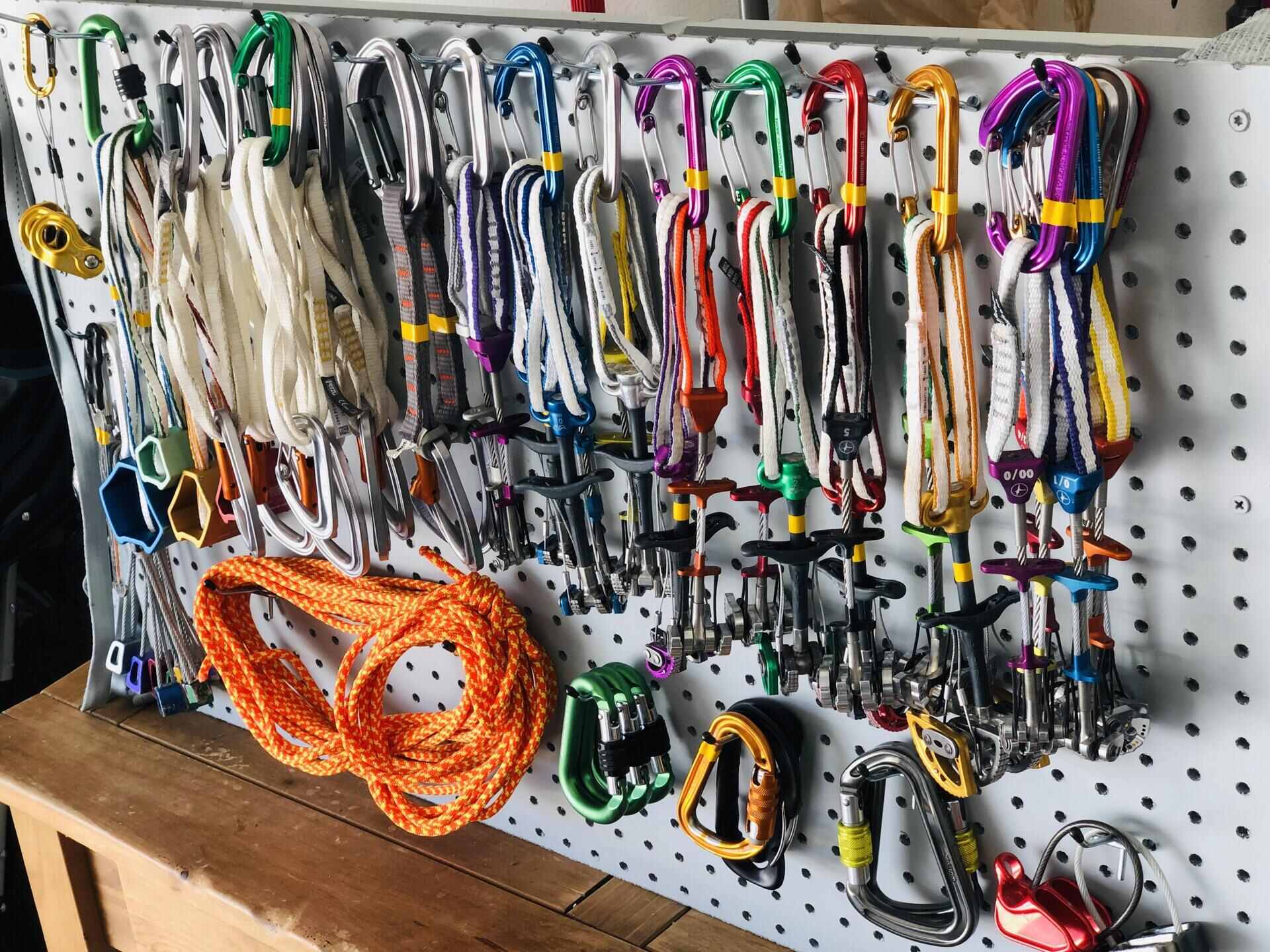
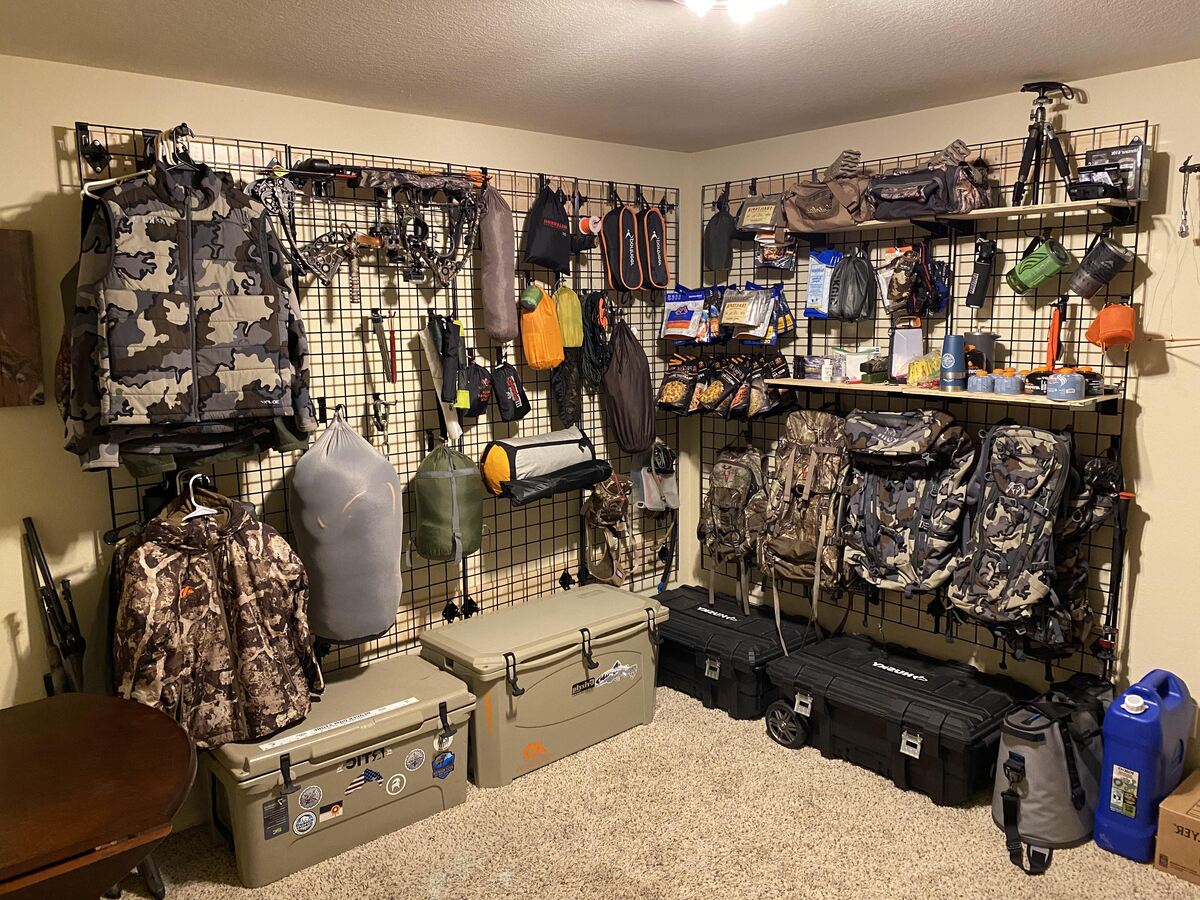
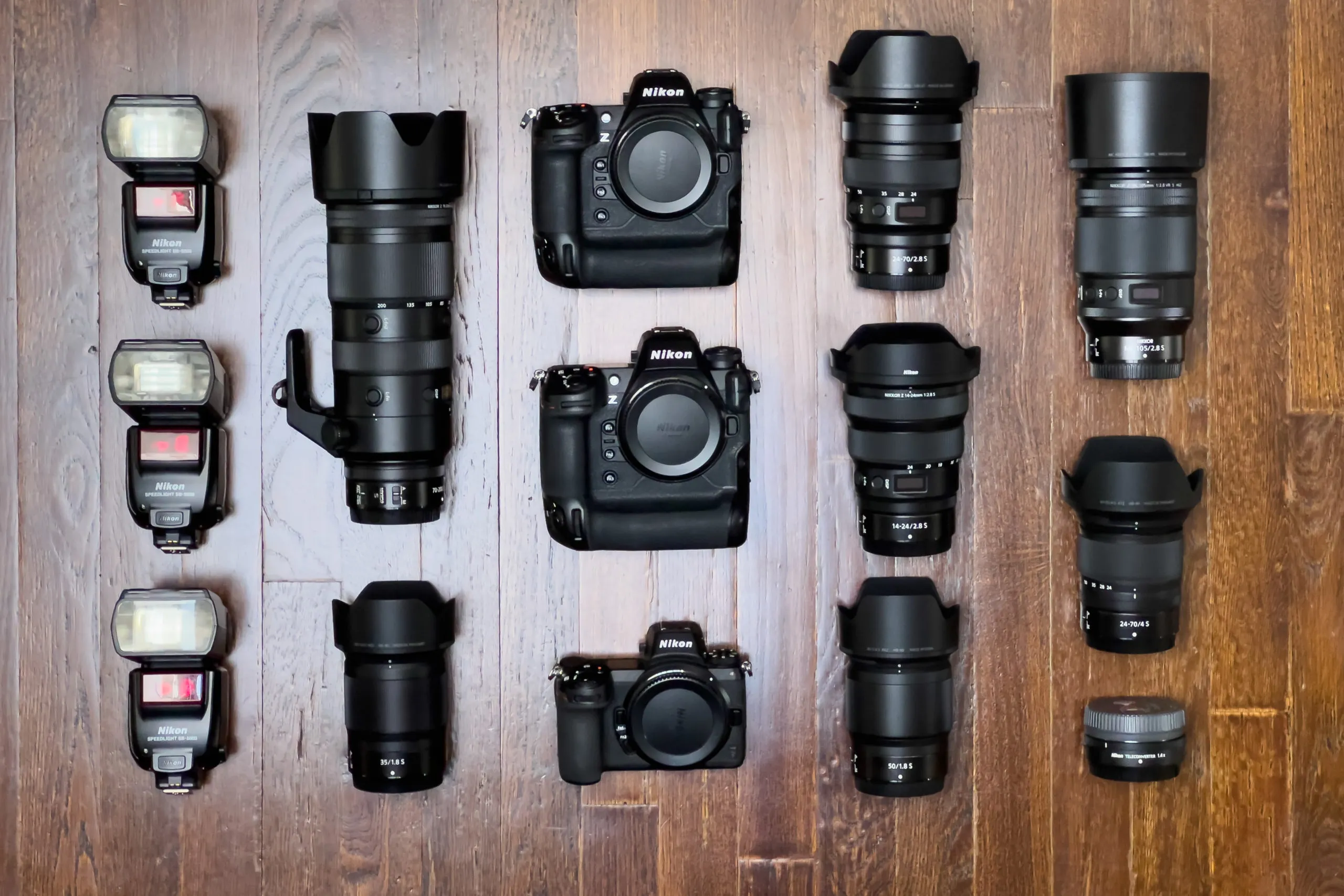
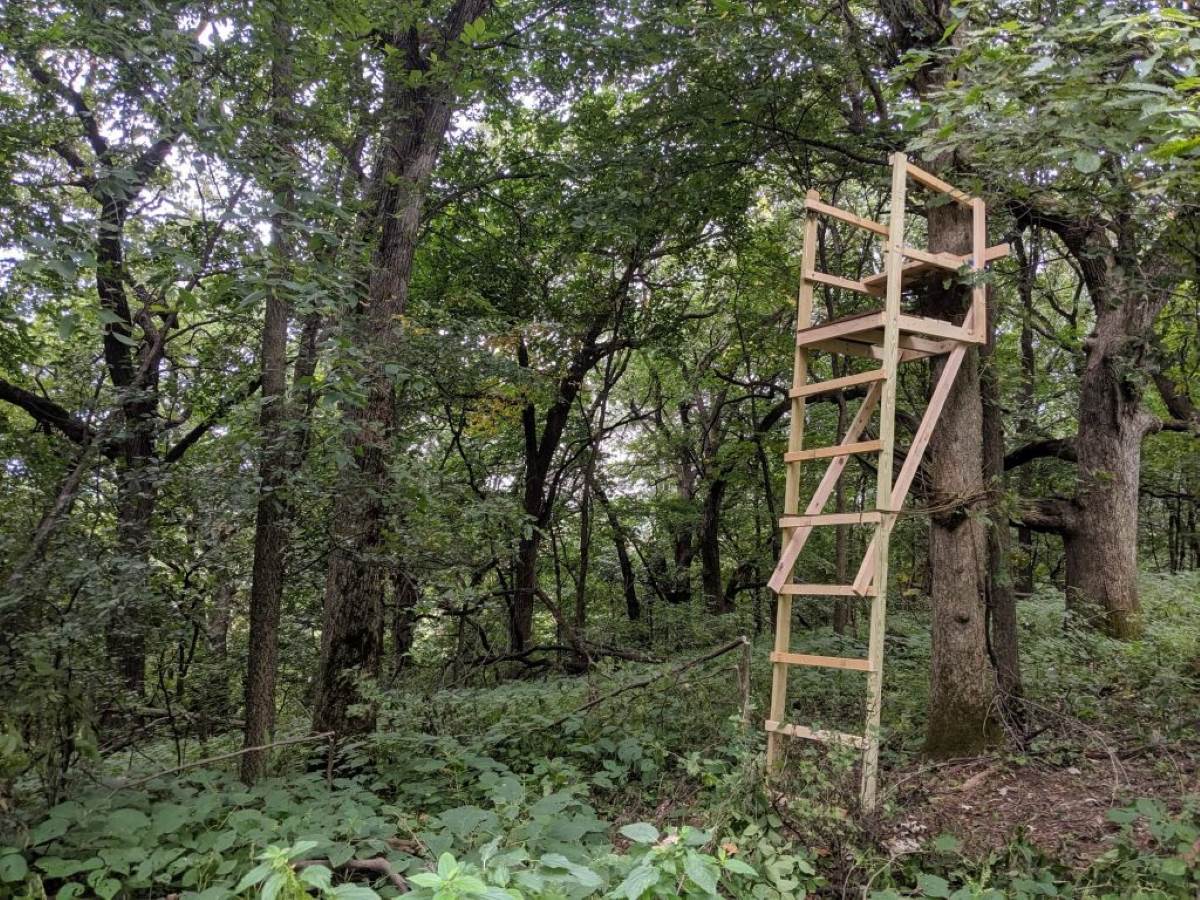
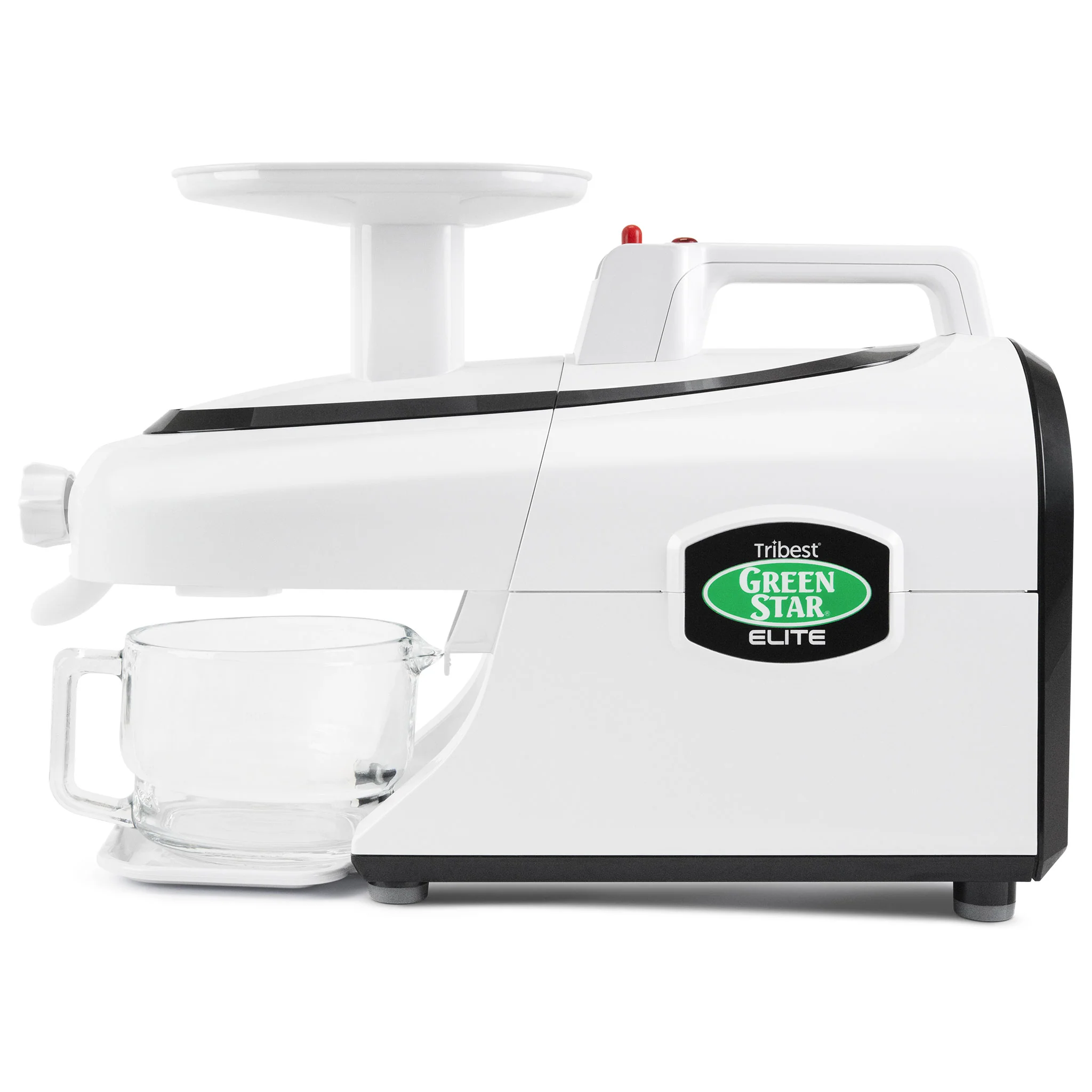
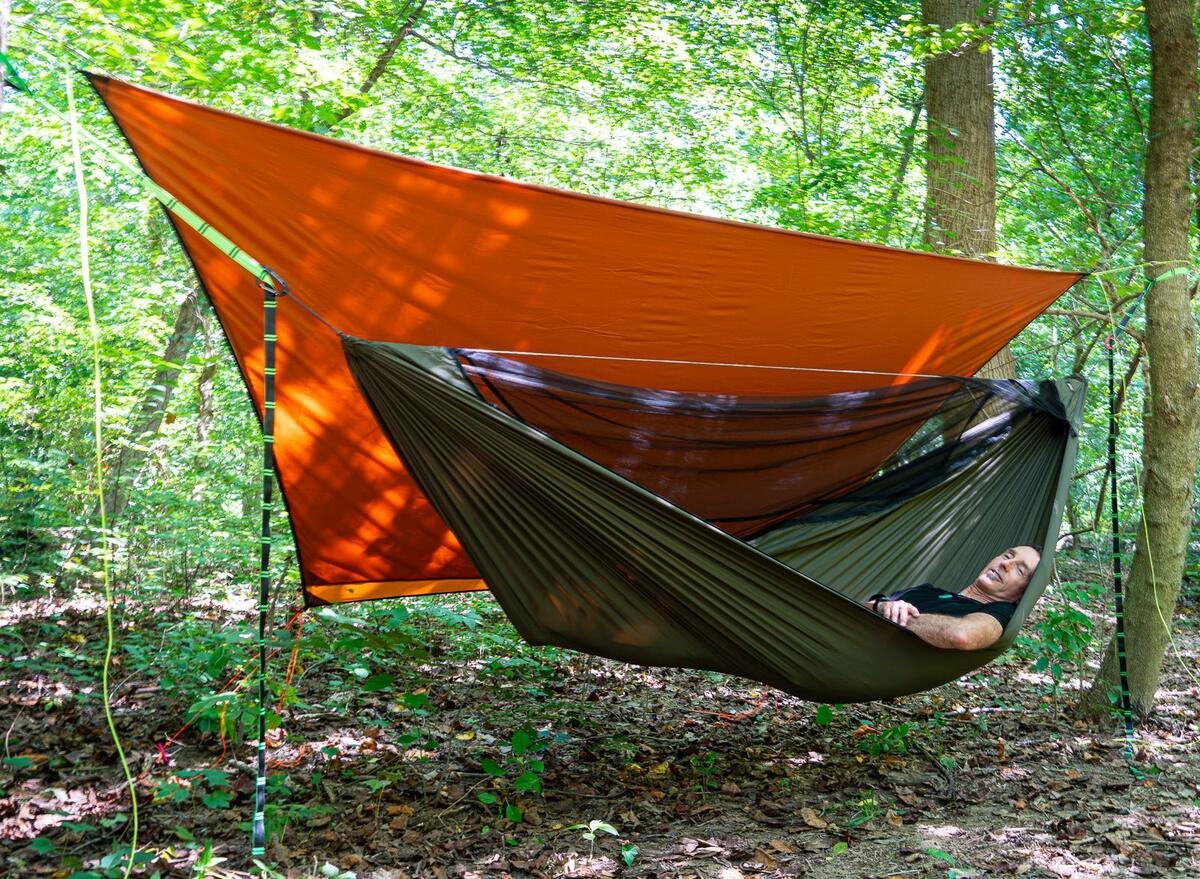
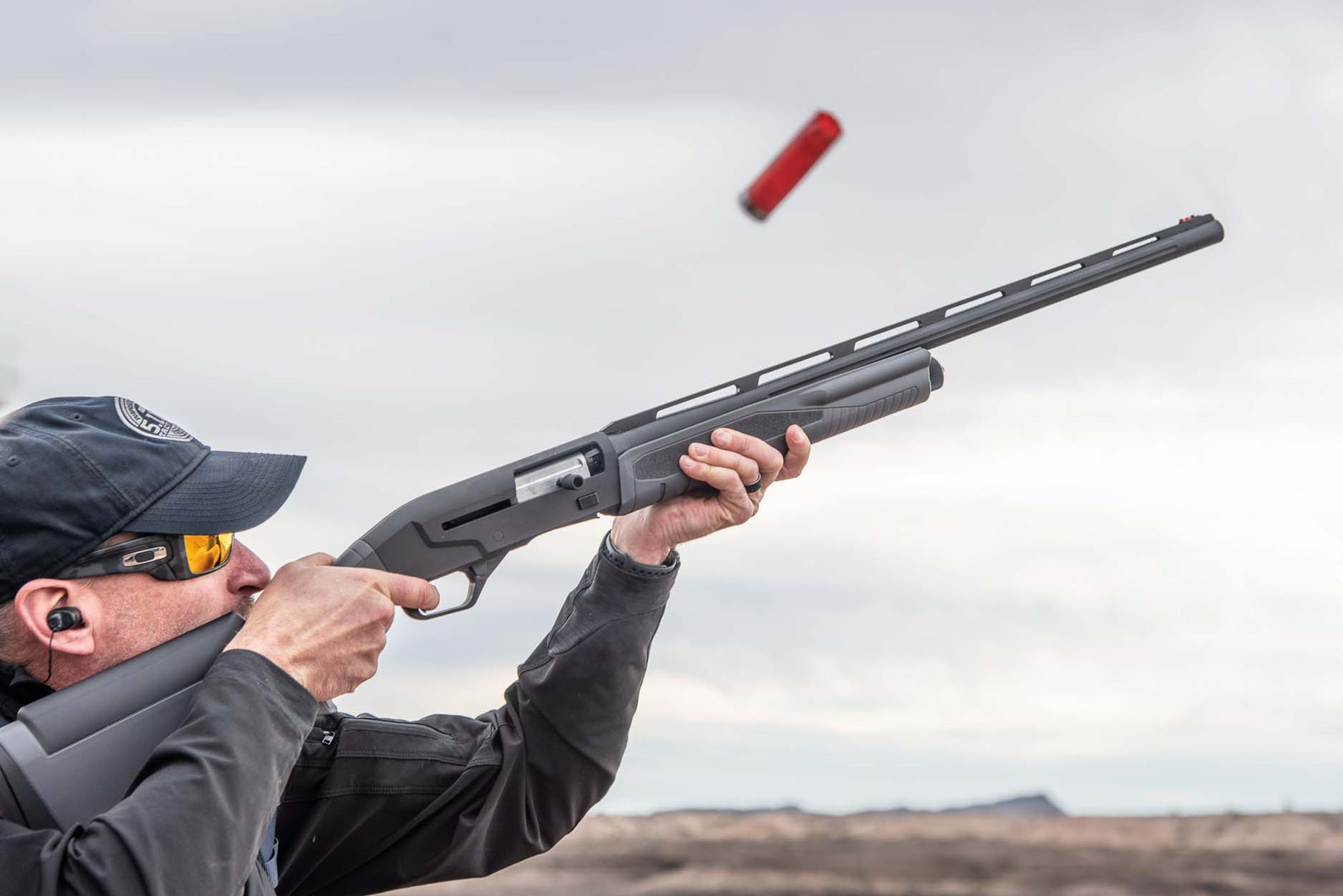
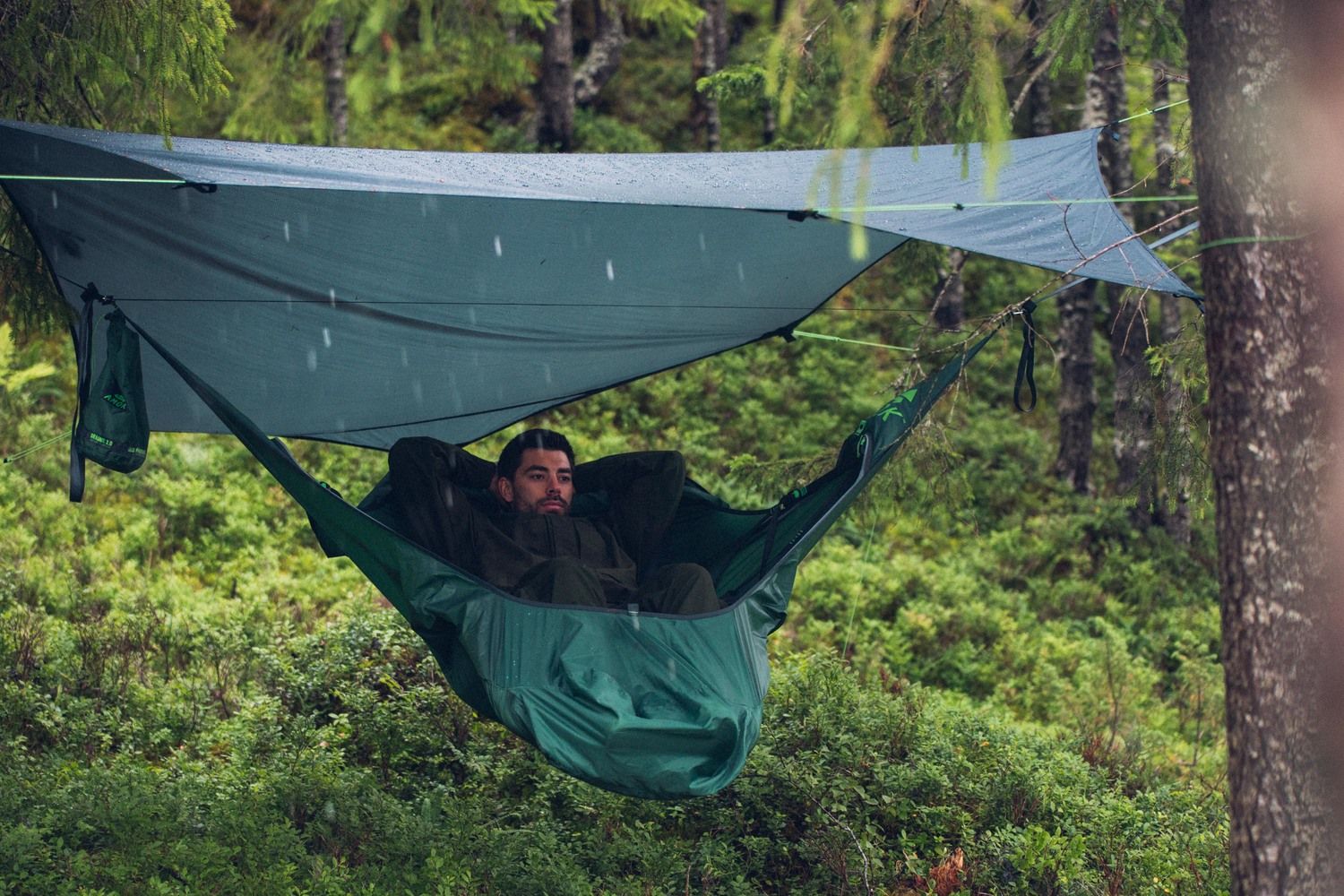
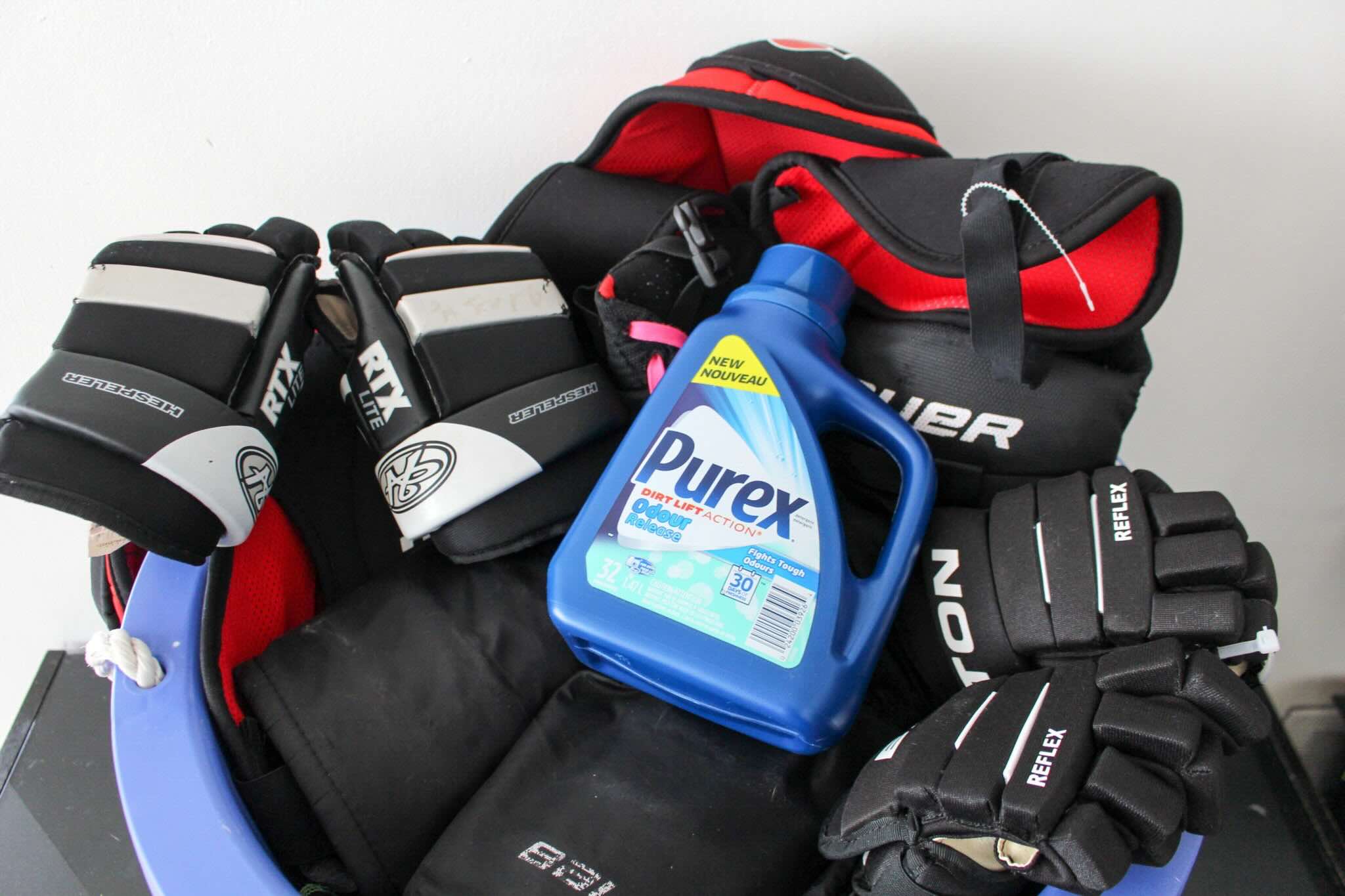
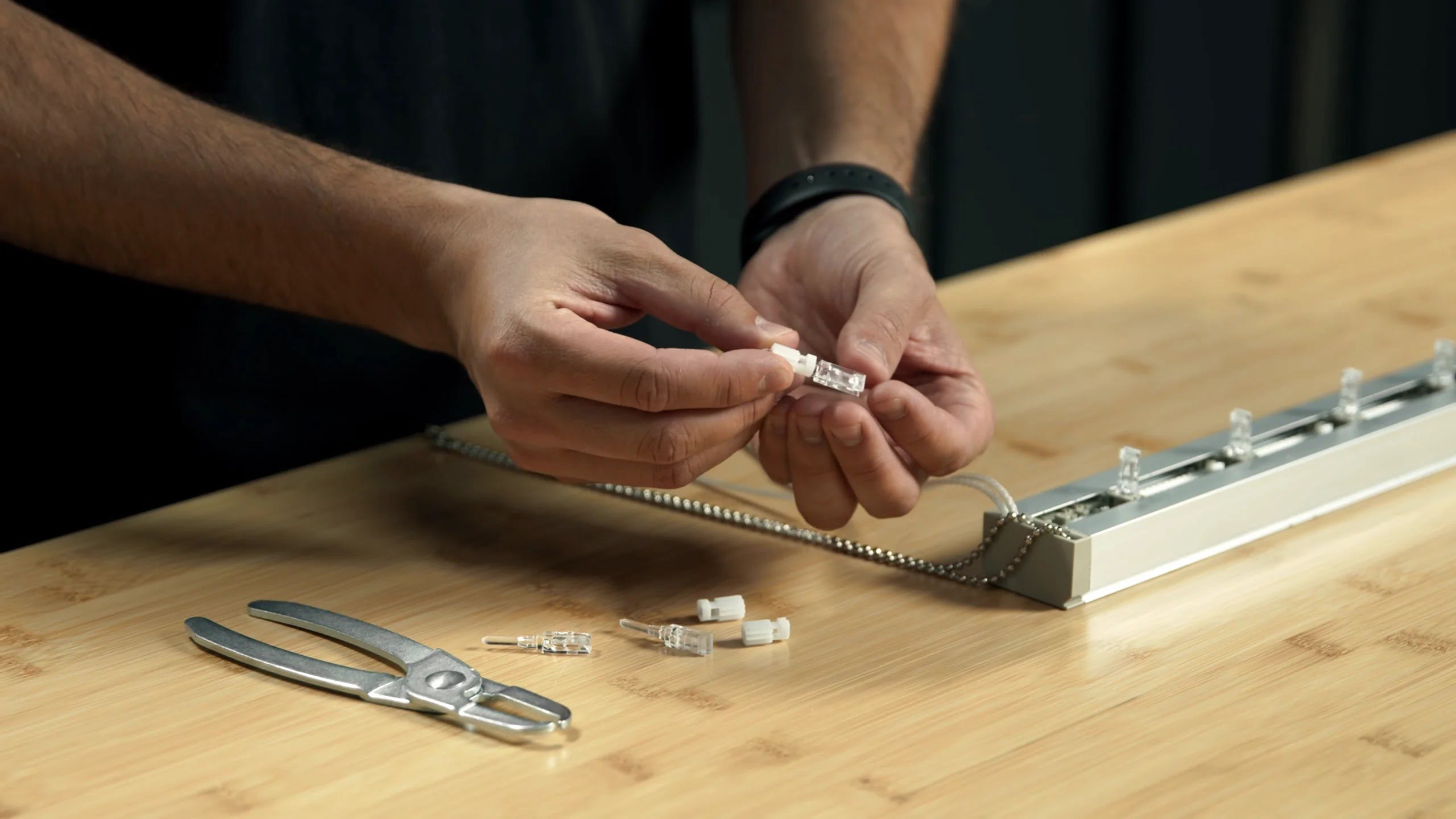
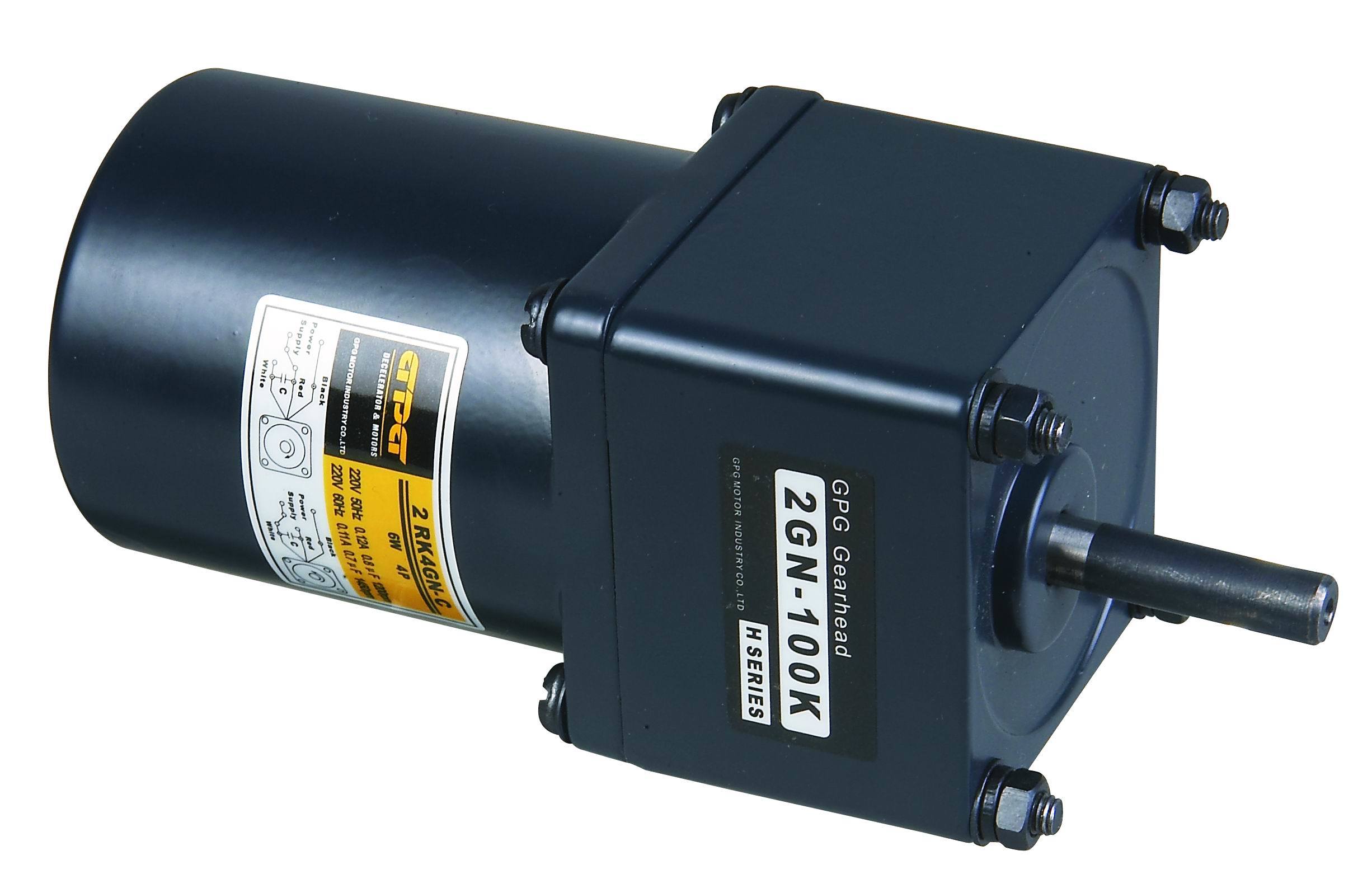
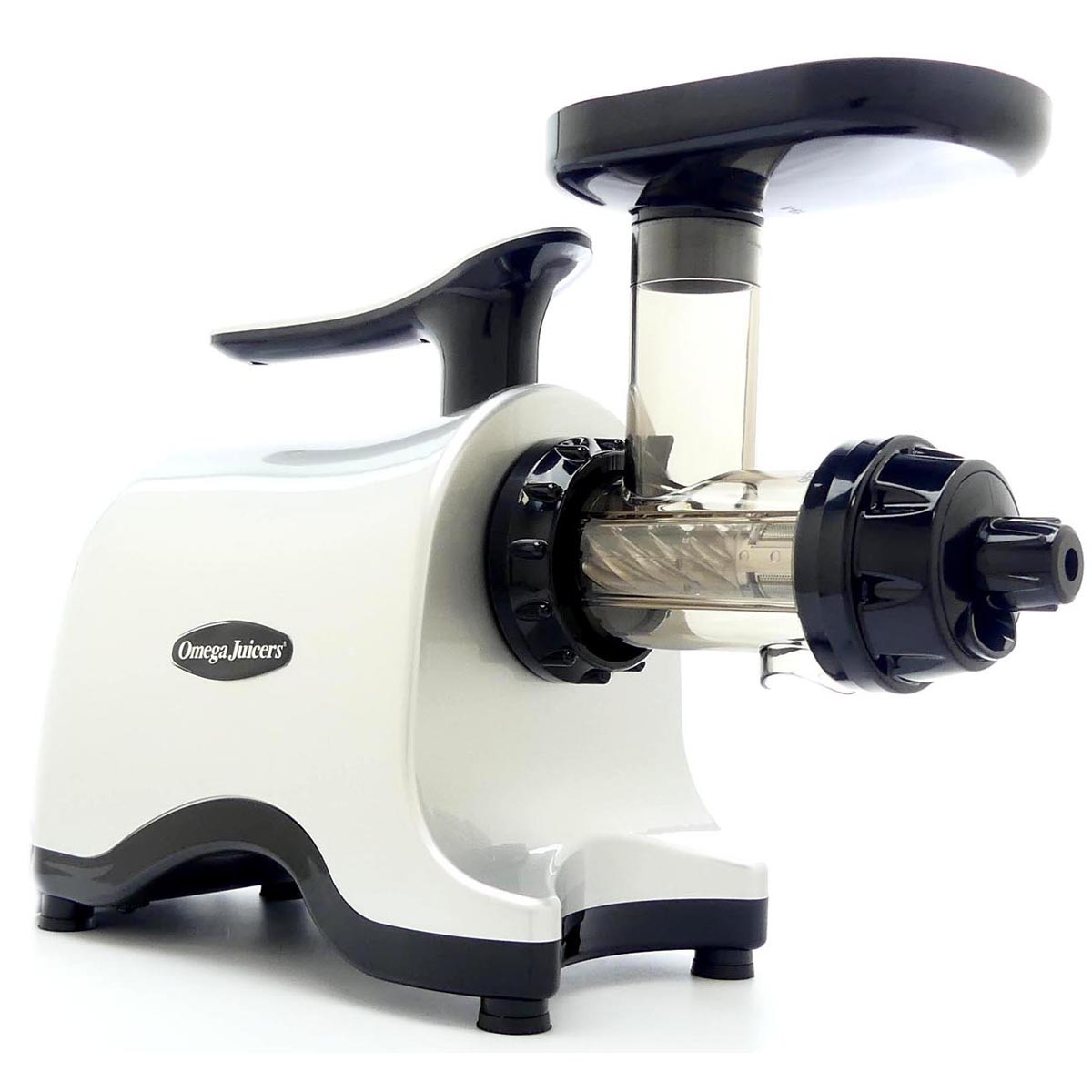


0 thoughts on “How To Store Hunting Gear”